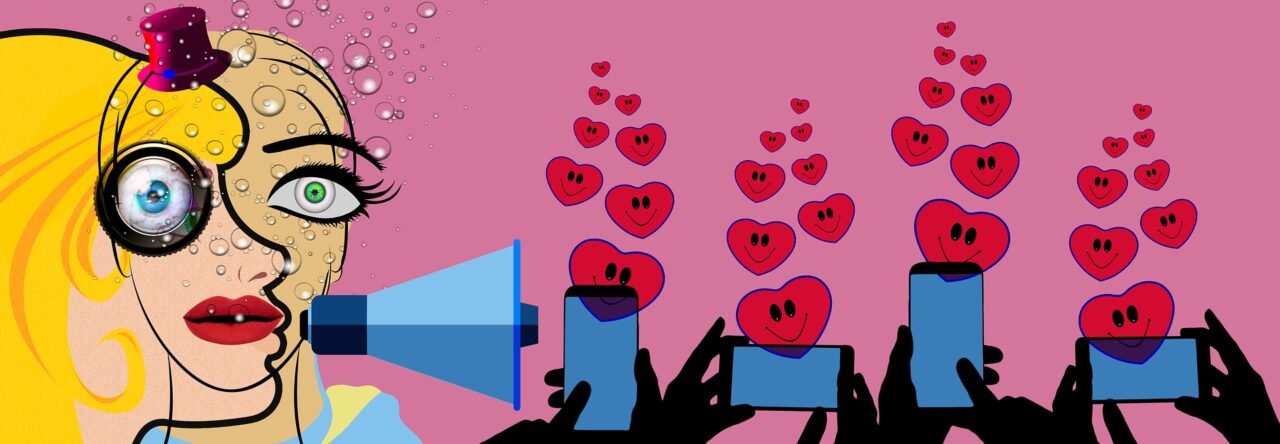The sampling frame that I looked at was YouTube videos from before, during, and after the scandal. I examined how the influencers reputation and base from the public has changed based on the scandal that they were involved in. My sampling method included non probability purposive sampling, where I purposively chose five YouTube influencers that had videos before, and after the apology video, and also an apology video on their page. I made sure that each one of them had enough commentary in order to conduct my content analysis. All five of the influencers were people that I am familiar with, and have at least 4 million subscribers on their YouTube channels. In total, I watched and analyzed 25 YouTube videos, looking at five videos per influencer, 2 videos pre scandal, the apology video, and 2 videos post scandal. I also collected data from the comments on those videos, seeing how the attitude of the public has changed on their videos from before and after the apology video was posted. When looking at these comments, I specifically looked for forgiveness, hate, negativity, and positivity towards the video and influencer. I chose non probability purposive sampling because I used my own judgment in selecting the comments used. Lastly, I used probability sampling to collect the number of likes and dislikes, as well as fluctuation in the number of subscribers pre and post scandal. I chose probability sampling because the sample collected is representative of the entire population of those that interact with the influencers page.
